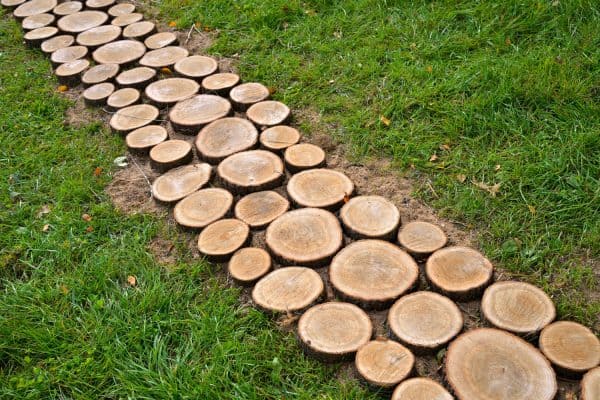Disclosure: We may get commissions for purchases made through links in this post.
You have a new patio installed in front of your house, but there is a gap sitting on the edge between the patio and house. You might be wondering if you should and then, how you could fill this gap. Worry no more! We did the research just for you.
Concrete can secure the gaps and keep the patio stable. To fill the gaps between patio and house using concrete, follow these steps:
- Clean the dirt on the gap and remove any obstacles, like grass.
- Prepare a concrete mixture. It's usually a combination of gravel, sand, crushed concrete, and water.
- Pour the concrete mixture into the gap and smooth it out. Allow it to dry.
- You acc add security by applying sealant.
- For the smaller gaps, you can apply a spray sealant or latex paint.
However, there are other ways to close this gap depending on severity, including caulk, rubber stripping, or polymeric sand.
A patio is good for your doorstep. It protects the ground from moisture and grass or weed growth. It also adds appeal to the house's front view. However, gaps may naturally occur as time passes by. We have a lot to tell you about patios. So, stay with us and continue reading.
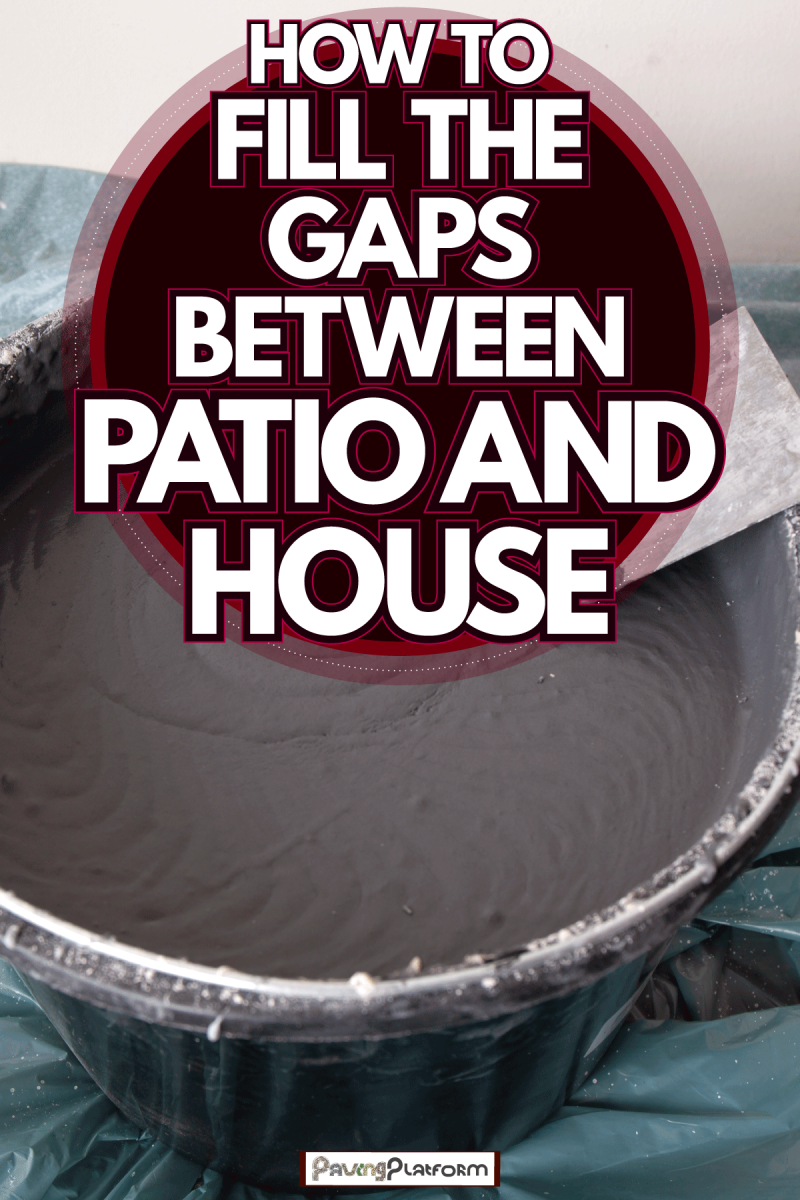
Why Gaps Appear Between the Patio and the House?
There are several reasons why a gap emerges between the patio and the house. Some of these reasons are natural, and some are manmade.
Refer to the list below for the possible reasons:
- The initial installation of the patio was wrong. The right way should be to lay the patio starting from the house's foundation and going further afield, instead of building the patio from the yard toward the house.
- If the soil beneath the patio is excessively wet, it causes the soil to shift, potentially dislocating the patio. To stabilize the soil, you might require professional expertise to address the drainage beneath your patio.
- Slanted ground, an uneven slope, can cause patios to shift downward on only one side, resulting in a gap. The defective patio should be replaced, and the surface should be leveled before a new installation.
To learn more about this gap, you will need to conduct additional assessments. It could have been caused by unnoticed factors. Keep an eye on the gap and notify a professional if it widens. It's difficult to tell whether the issue is with the patio or the house's foundation.
Materials Needed to Fill the Gaps
Listed below are the tools for sealing the patio gaps:
- Concrete mixture
- Shovel and trowel
- Chisel or stone cutter
- Caulk sealant (optional)
- Rubber strip (optional)
- Vacuum cleaner (optional)
Using the tools mentioned above, you can proceed with the best method to field the gap between your patio and house.
See this Rubber Strip on Amazon.
Methods to Fill the Gaps Between the Patio and the House
There are many ways to seal the patio gaps. Some of them might require professional assistance, yet some are easy to do yourself. Take a look at these techniques.
Pouring Concrete
As previously stated, concrete is the basic solution to seal the gap. A concrete fill can last up to 20 years. It is being absorbed beneath the patio, resulting to enhanced strength and the ability to lock patios against dislocation.
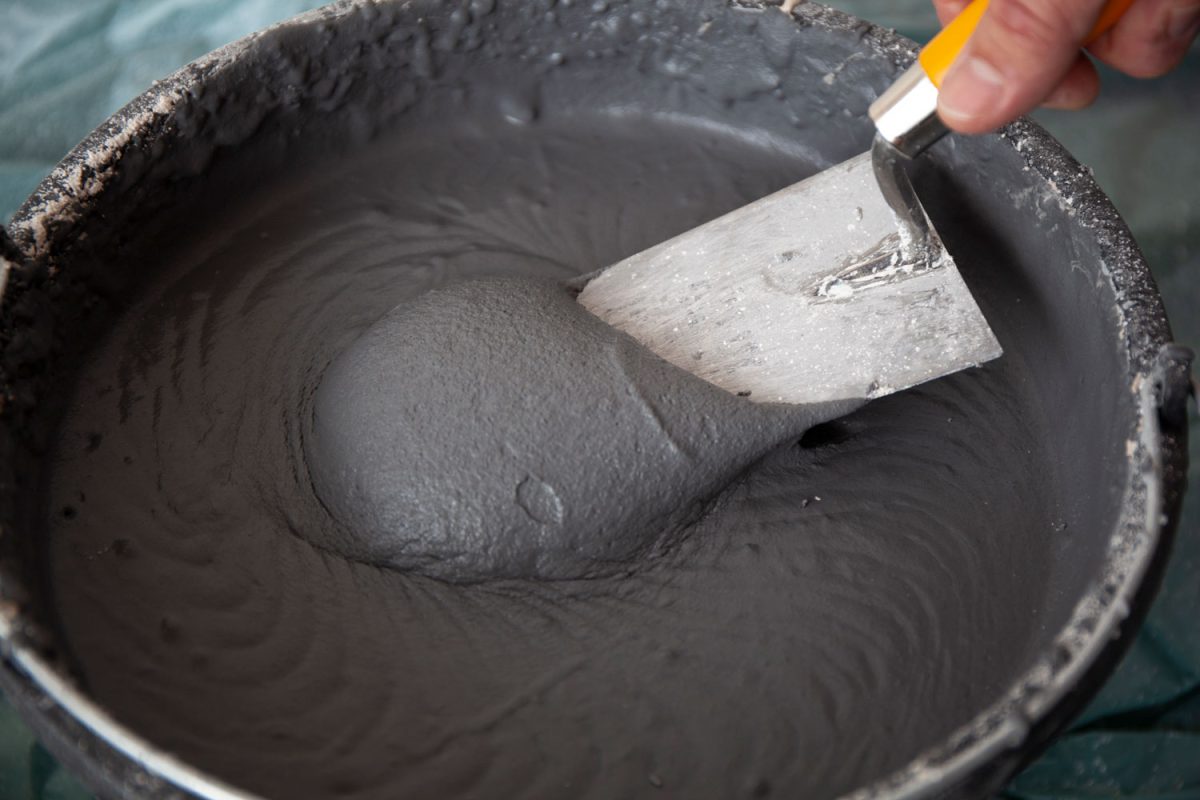
See this Ready-Mix Concrete on Amazon.
Caulking
Caulk sealant is best combined with a rubber strip, yet it's optional. This will tighten the gap and reduce moisture absorption. Compared to pouring concrete, caulking may cost more, depending on how wide the gap is. You should twist the rubber strip before placing it in the gap, then cover the area with caulk sealant. Caulk and rubber stripping can last for up to 12 years.
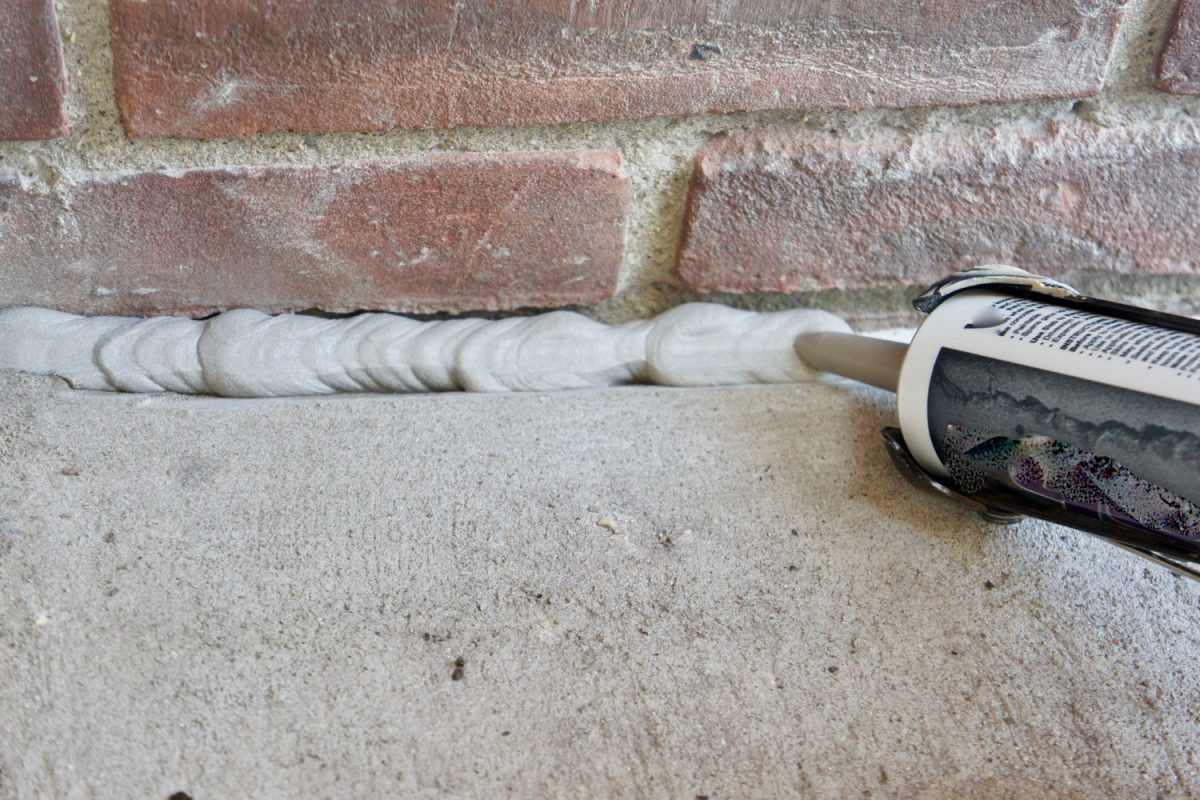
See this Caulk Sealant on Amazon.
Applying Sand
Another method is to fill the gap with polymeric sand, then gently add water to harden it. The polymeric sand has the potential to be a breeding ground for grasses and weeds. However, a sealant can be added afterward to prevent growth. The filler sand has a life expectancy of up to 15 years.
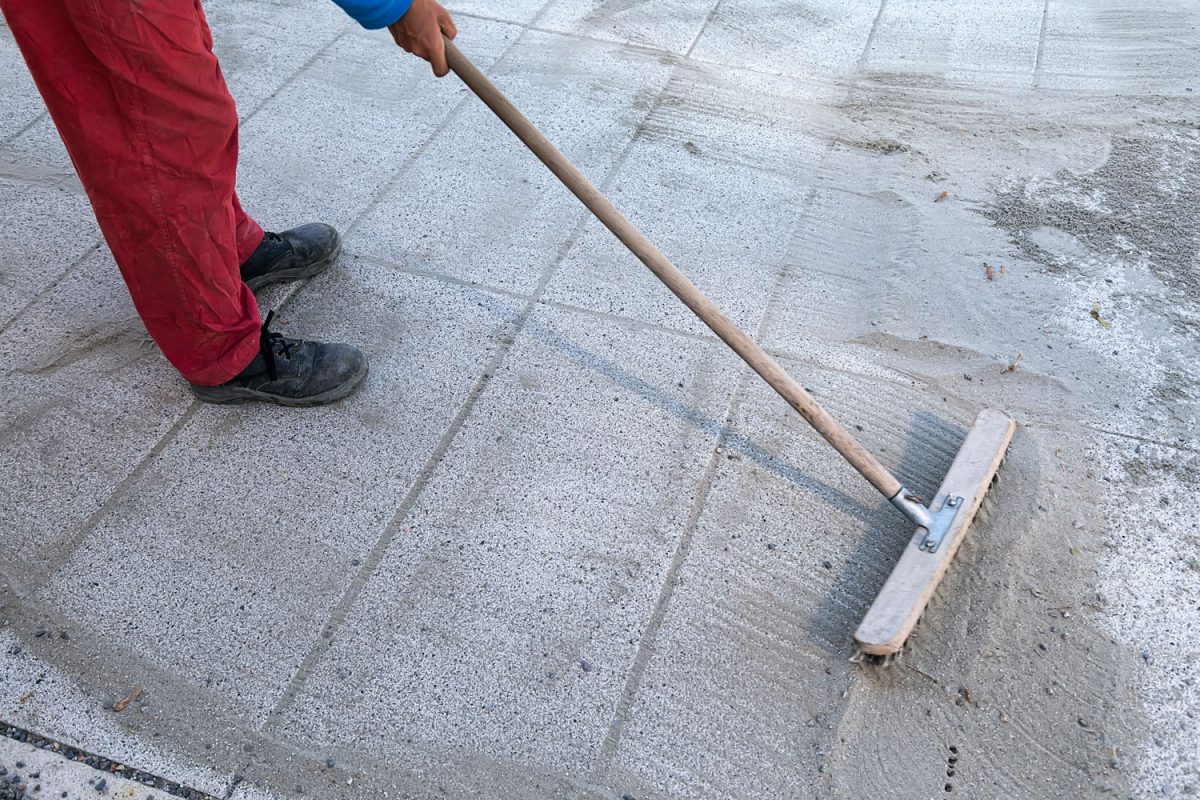
See this Polymeric Sand on Amazon.
How to Stabilize a Patio?
The purpose of stabilizing a patio is to secure it from external movements. You should spread gravel first onto the level surface before installing the patio. The gravel will be hardened once it absorbs liquid. It will then provide a non-mobile, level base to the underside of the patio, enhancing its hold on the ground. Additionally, applying sand will create friction underneath. Friction is significant to withstand vibration from the outside.
However, if patios are already installed, see these steps on how to increase stability:
- Spread polymeric sand on the entire area with a sweeper.
- Spill water throughout the area -refer to the instructions on your polymeric sand product as too much or too little water will cause issues.
- Let the polymeric sand dry thoroughly.
To maximize stability, start by applying strong adhesives underneath the patio. Enhancers, like sand or sealant, could come after.
How To Realign a Patio?
Realigning the patio has the same steps as if you're removing it without damage. Manually removing the patio is time-consuming and can often require professional guidance. You have to be careful not to break it.
However, you can refer to these steps should you need to realign the patio:
- Using a chisel or stone cutter, remove the patio stones or pavers.
- Using chalk or a marker, make a frame for the correct position.
- Place the patio on the frame to measure and cut out any excess.
- Apply a new adhesive mixture, like cement, on the surface.
- Place again the patio with right alignment.
You can also realign the patio with a vibrator, which has a suction system to pick up the patio stones from their places.
See this Patio Vibrator on Amazon.
Can You Install a Patio on Front Steps?
Yes, the patio is often installed on the front steps of the house. For further ideas, consider these things before installing the patio on the front steps.
- To support the patio, you'll need a concrete foundation. If you have one but it appears to be weak, it is recommended that you enforce or replace it.
- Aside from a concrete base, you could build a wooden frame and surface or install brick pavers atop the prepared ground.
- Because the steps are ascending, the patio measurement should be accurate and equal on all sides.
- The steps should have a minimum run of nine inches and a rise of seven inches. Raising the steps too high is impractical and too dangerous.
- Patio steps may become slippery. You should also apply sand to it.
Making patio steps seems easy to do, yet you should consult a professional as they know best. Inaccurate measurements will lead to an unwanted outcome.

Is a Patio Slippery?
Patios can become slippery depending on their material. Due to its rough texture, concrete patios are the most common. Bricks are another relatively non-slip material option. The most slippery is a stone patio. However, you can apply sealants that promote non-slip.
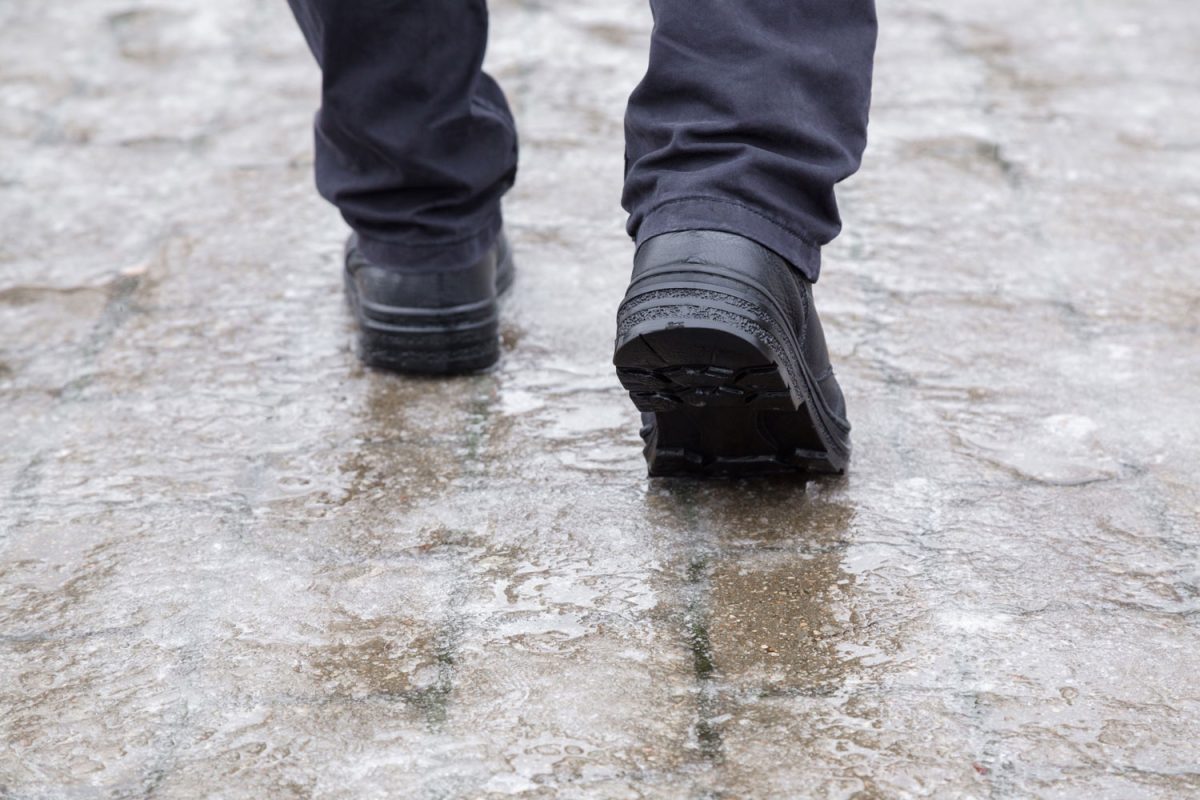
How Long Does Patio Last?
With frequent cleaning and maintenance, a patio can last for up to 30 years. If there's minimal damage to the patio, you should not wait for it to worsen. Act upon small issues to prolong the patio's lifespan. This can save you a lot of money and time in the future.
Why The Patio Sinks And How To Lift It Up?
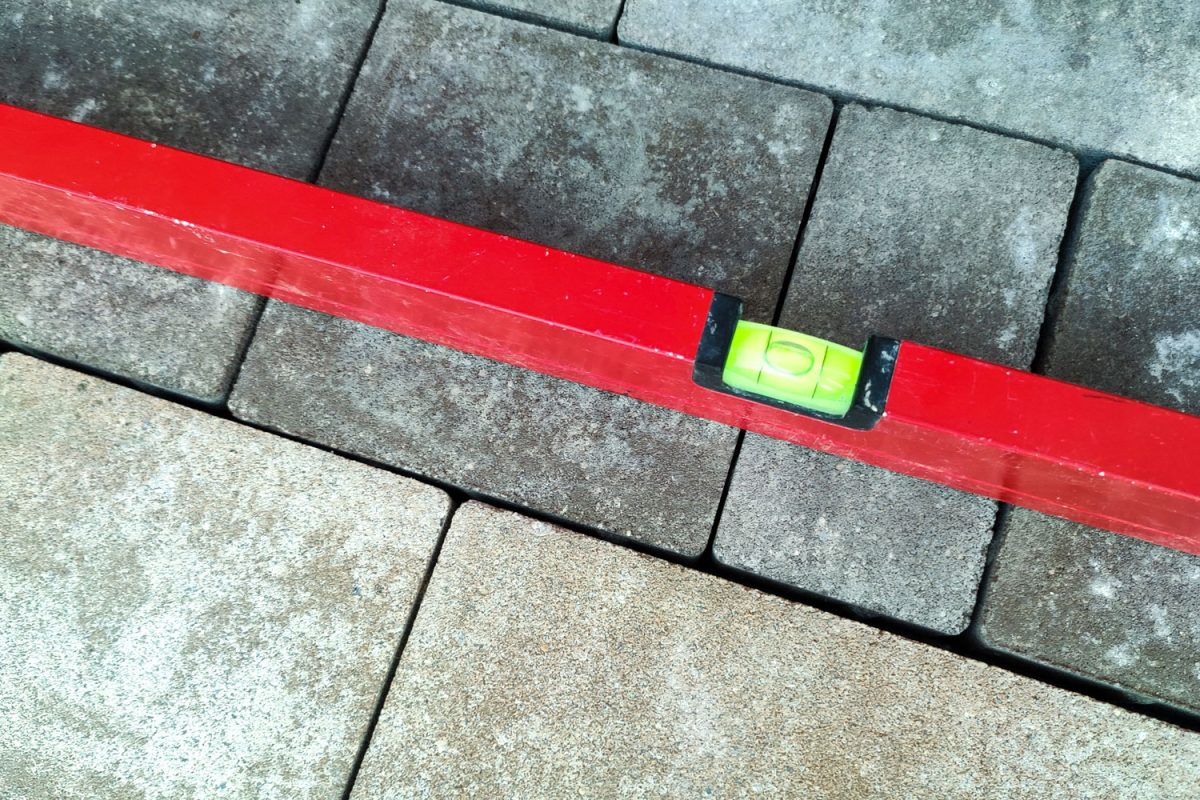
The uneven ground beneath your patio is one of the reasons it sinks. There may be a dent on the surface, or the soil may be soft. You have two choices: resurface the ground with concrete or use an expanding foam caulk.
Follow these steps to lift a sinking patio using a concrete solution:
- Prepare your tools. You'll need a chisel, sand, and the new concrete mixture.
- Remove the patio with a chisel or a stone cutter.
- Reapply the new concrete mixture on the surface, then flatten it.
- Place the patio back in position and thump to pin it down.
- Fill the gaps with sand and water.
However, using an expanding foam caulk is simpler. See these steps:
- Using a chisel, create a hole in the gap between stones or pavers near the sinking spot.
- Insert the caulk's nose into the hole and fill it until it levels with the other stones or pavers.
- Thump the patio until the soil feels hard, then cover the hole with sand and water.
Aside from dent underneath the patio, there might be other reasons like excessive moisture or spilling waterpipes somewhere that caused the soil to shift. Seek a professional to guide you in managing drainage to prevent further issues.
A Step Forward
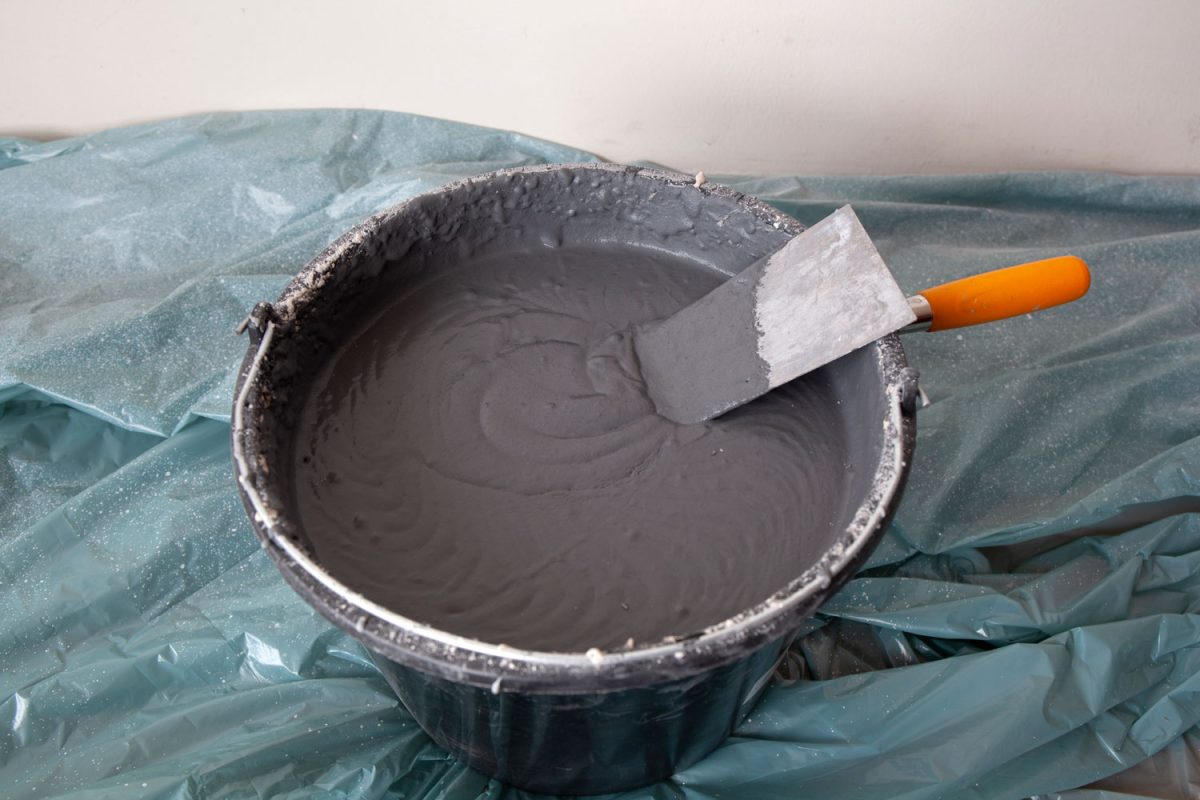
Seal the gap between the patio and the house with concrete, caulk, or polymeric sand as discussed. Fix small issues as soon as possible, and you'll be glad to step forward again.
There's so much more to learn. Visit these articles:







